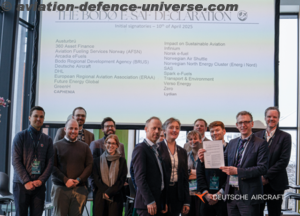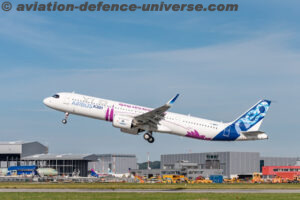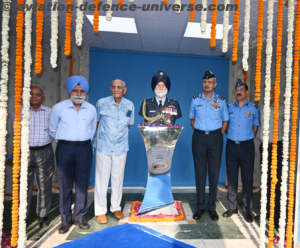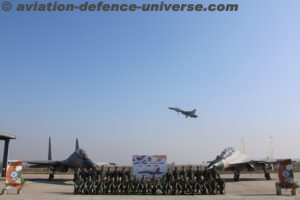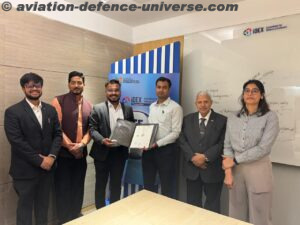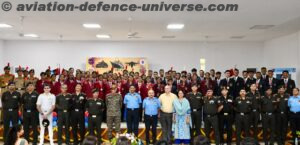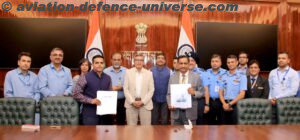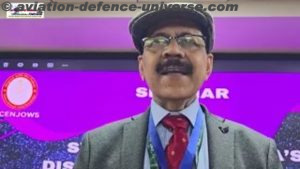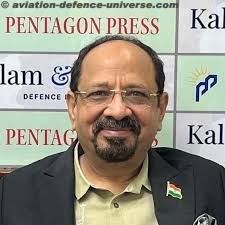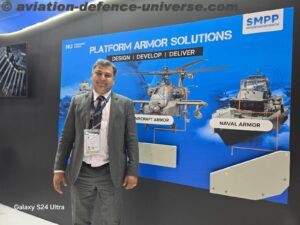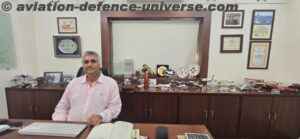· Rolls-Royce and Indian Air Force – a longstanding partnership
New Delhi. 06 October 2016. “For the last 60 years we have been undertaking technology transfer to India. Through IAMPL, our partnerships with QuEST and TCS and other Rolls-Royce business units we are now creating real capabilities in India to enable the vision of Make in India to succeed,” said Dr. Glenn Kelly, VP Customer Business, Defence India Rolls Royce, in an exclusive interview to Aviation & Defence Universe.
ADU. Which are the on-going defence programmes of Rolls-Royce in India?
GK. We have supported the Indian Armed Forces for over 80 years and we look forward to continuing that support. Today, more than 750 Rolls-Royce engines of 10 engine types are powering aircraft of the Indian military. Our engines power a wide variety of aircraft in the inventory of the Indian Air Force – from combat and strike aircraft (the Jaguar, powered by the Adour Mk81)1 to trainers (Hawk Advanced Jet Trainer, powered by Adour Mk871) to strategic airlift aircraft (C-130J Hercules, powered by AE2100) and even VVIP and Surveillance aircraft (ERJ145, powered by AE3007). Apart from this, we have a broad range of service capabilities and have already established highly effective service partnerships in India. Our field service representatives (FSRs) work in close support with IAF personnel to maximise the availability of engines on wings and provide on-ground technical advice directly to our customers, thereby drastically reducing maintenance and overhaul times.
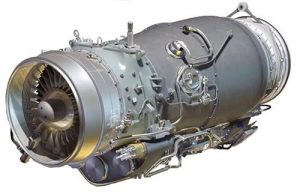 ADU. What are your expansion plans both short term and long terms?
ADU. What are your expansion plans both short term and long terms?GK. As the Indian Air force undergoes its modernisation programmes Rolls-Royce is offering its market leading products in support of India’s needs, such as the Adour Mk 871 powering the Hawk Trainer. We are committed to providing the Indian Air Force with the best value, and highest quality products possible. Today, we are focused on developing the future services needed by the armed forces. We are looking at a number of different programmes in India and will continue to realise the country’s growth vision and efforts to indigenisation and reaching self-reliance.
ADU. Though Make in India is not new for RR but how do you see yourself as a part of Modi’s Make-in-India call?
GK. In order to create long-term growth and achieve the goals of Make in India, it is important to not just focus on manufacturing and ‘technology transfer’ but on creating a broader ecosystem that includes design, development, supply chain, manufacturing and support. This entails capability creation and skilling rather than the just technology transfer and is something that Rolls-Royce considers one of its core strengths.
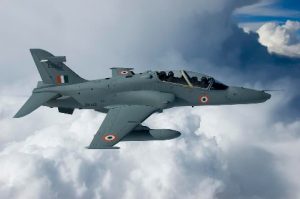 ADU. What are the tie ups RR has made with the Indian indigenous defence industry?
ADU. What are the tie ups RR has made with the Indian indigenous defence industry?GK. Rolls–Royce’s association with HAL is one of the longest partnerships in defence aerospace history, and is now its 60th year. We started with licensed production of Orpheus engines that powered the Kiran aircraft, progressing to co-production on the Adour family of engines. The Hawk Advanced Jet Trainer’s Adour Mk 871 engine marks the latest of a long line of Rolls-Royce engines that have been produced under license by HAL in Bangalore, with the first locally assembled aircraft and engine handed over to the IAF in August 2008. Our 50:50 JV with HAL called IAMPL (International Aerospace Manufacturing Pvt. Ltd.)manufactures engine parts (compressor shrouds and cones) for Rolls-Royce gas turbines both for new production and the aftermarket. IAMPL is one of the first tier one suppliers in India for civil gas turbines, commonly known as jet engines, for any major foreign OEM. It is a benchmark manufacturing facility within the Rolls-Royce gas turbine supply chain, operating the latest technologies to the highest levels of aerospace compliance. Our other Indian suppliers include Bharat Forge, Godrej & Boyce and TASL (Tata Advance Systems Ltd.).
ADU. How do you view the move to allow 100% FDI in defence in specific cases?
GK. The decision to allow 100 per cent FDI in defence is a major push to defence manufacturing under the ‘Make in India’ initiative. It will not only help attract foreign investment into the sector but also enable development of the indigenous defence production sector at an accelerated pace. Opening the sector to ‘modern’ technology is also a step in the right direction in our journey towards skill development, jobs creation and ecosystem development. At the same time, indigenous manufacturing sector will also benefit immensely with modern technologies being shared by global OEMs.”
ADU. Ellaborate the relationship between IAF and RR, keeping in mind the upcoming Airforce Day?
GK. We congratulate the Indian Air Force on their 84th anniversary. We have longstanding partnershipsand presence in India and are committed to contributing significantly towards the modernisation ofthe armed forces. We have powered aircraft of Indian defence forces including transport, trainer andcombat aircraft and helicopters and are committed to continuing this relationship long into the future. Going forward, we are well placed to support India’s ‘Make in India’ policy due to the length and depth of our relationships with the armed forces and industry, experience in successfully transferring whole-engine capability and knowledge and expertise in multi-national combat engine programmes.










































